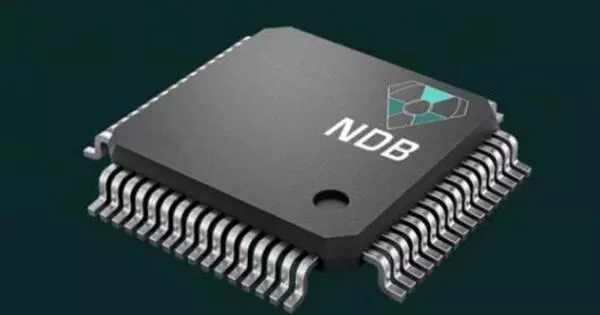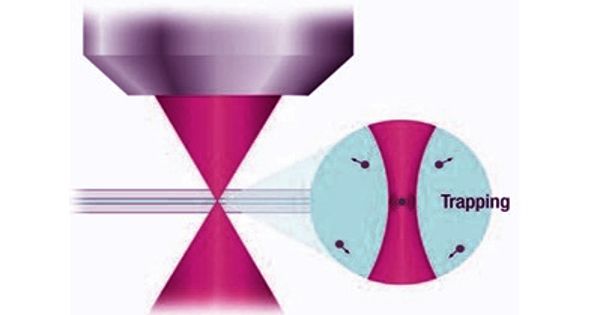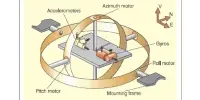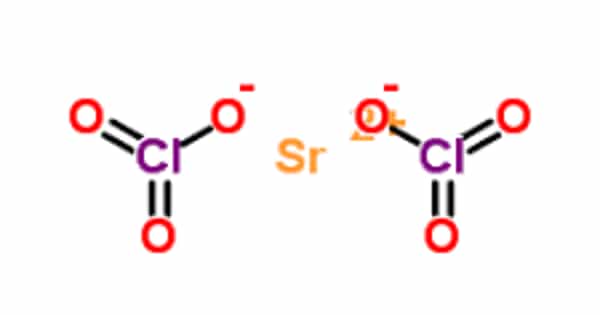Diamond battery is the name of a nuclear battery concept proposed by the University of Bristol Cabot Institute on November 25, 2016 at the Wills Memorial Building during its annual lecture. It could be a viable alternative to traditional batteries, which rely on chemical reactions to store energy. This battery is designed to generate small amounts of electricity for thousands of years by harnessing the radioactivity of waste graphite blocks (previously used as neutron moderator material in graphite-moderated reactors). Diamond batteries generate energy by radioactive decay of a small amount of carbon-14 (C-14) isotopes contained within the diamond.
Carbon-14 is a naturally occurring mildly radioactive carbon isotope found in the environment. It is usually found in low concentrations in the atmosphere and is formed when cosmic rays interact with nitrogen in the upper atmosphere. Diamond batteries make use of synthetic diamonds, which are made by converting atmospheric carbon dioxide into diamond at high temperatures and pressures.
The battery is a betavoltaic cell that uses diamond-like carbon (DLC) as the beta radiation source and additional normal-carbon DLC to form the necessary semiconductor junction and encapsulate the carbon-14.
Carbon-14 emits beta particles, which are high-energy electrons, inside the diamond. These electrons are then captured by the diamond lattice structure, resulting in an electric current flow. Because the diamond lattice is extremely stable, it can effectively contain the radiation without causing any harm.
Advantages
Diamond batteries have the advantage of having an extremely long lifespan. Because carbon-14 has a half-life of around 5,730 years, a diamond battery could potentially generate electricity for thousands of years. Diamond batteries are particularly appealing for applications that require long-term power sources, such as pacemakers, satellites, and deep-space probes, due to their longevity.
However, it is important to note that diamond batteries are still in the experimental stage, and their large-scale commercialization has yet to be realized. Researchers are working to improve the efficiency of diamond batteries and scale up production. Concerns have also been raised about the safe handling and disposal of radioactive materials.
Overall, diamond batteries show promise as a future energy storage technology, but more research and development is required to fully understand their capabilities and address any associated challenges.















